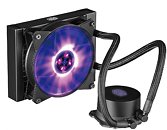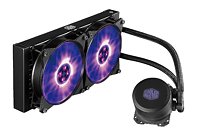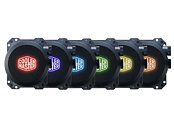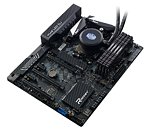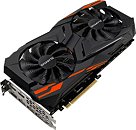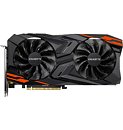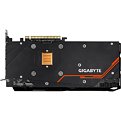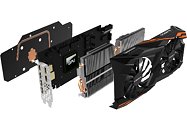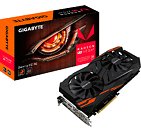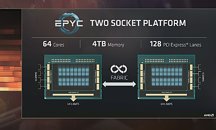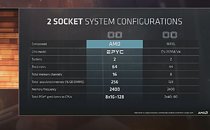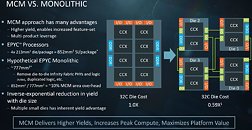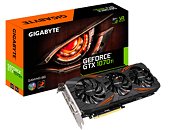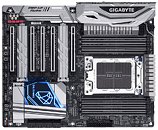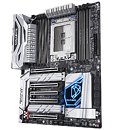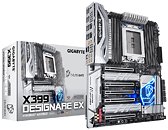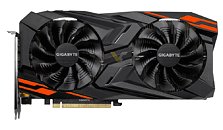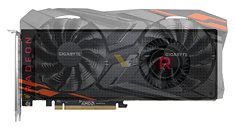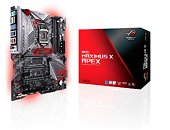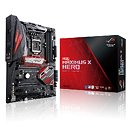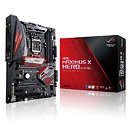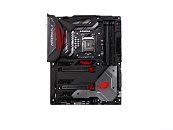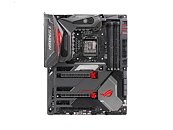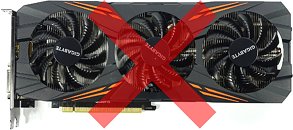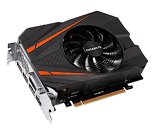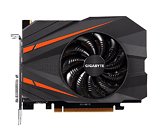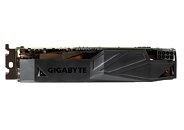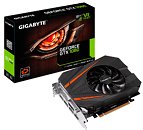
GIGABYTE Intros X299 Designare EX Motherboard
GIGABYTE finally gave its socket LGA2066 motherboard series the silvery Designare treatment, with the new X299 Designare EX motherboard. The board features the same silver+blue styling the company implemented on its X399 Designare EX, but unlike its Z270X Designare, the silver theme doesn't continue onto the PCB. This is probably also because the X299 Designare EX is based on the same exact PCB as the Aorus X299 Gaming 7.
All that's changed between the X299 Designare EX and the Aorus X299 Gaming 7, is an included Thunderbolt 3 add-on card, the silver colored VRM, chipset, and M.2 SSD heatsinks, the silver-colored rear I/O shroud, and GIGABYTE Designare branding replacing the Aorus branding, wherever applicable. The LED inserts are still RGB multi-color, although out of the box, they're configured to be soft-blue. You can configure them with the GIGBAYTE RGB Fusion software. Unlike the Aorus X299 Gaming 7, this board features a silver back-plate that covers most of the board's reverse side, and an integrated rear I/O shield. The rest of its feature set is identical to that of the Aorus X299 Gaming 7. One can expect the GIGABYTE X299 Designare EX to be the company's most expensive socket LGA2066 motherboard, above even the Aorus X299 Gaming 9, on account of its included Thunderbolt 3 add-on card, and Designare-specific features.
All that's changed between the X299 Designare EX and the Aorus X299 Gaming 7, is an included Thunderbolt 3 add-on card, the silver colored VRM, chipset, and M.2 SSD heatsinks, the silver-colored rear I/O shroud, and GIGABYTE Designare branding replacing the Aorus branding, wherever applicable. The LED inserts are still RGB multi-color, although out of the box, they're configured to be soft-blue. You can configure them with the GIGBAYTE RGB Fusion software. Unlike the Aorus X299 Gaming 7, this board features a silver back-plate that covers most of the board's reverse side, and an integrated rear I/O shield. The rest of its feature set is identical to that of the Aorus X299 Gaming 7. One can expect the GIGABYTE X299 Designare EX to be the company's most expensive socket LGA2066 motherboard, above even the Aorus X299 Gaming 9, on account of its included Thunderbolt 3 add-on card, and Designare-specific features.










